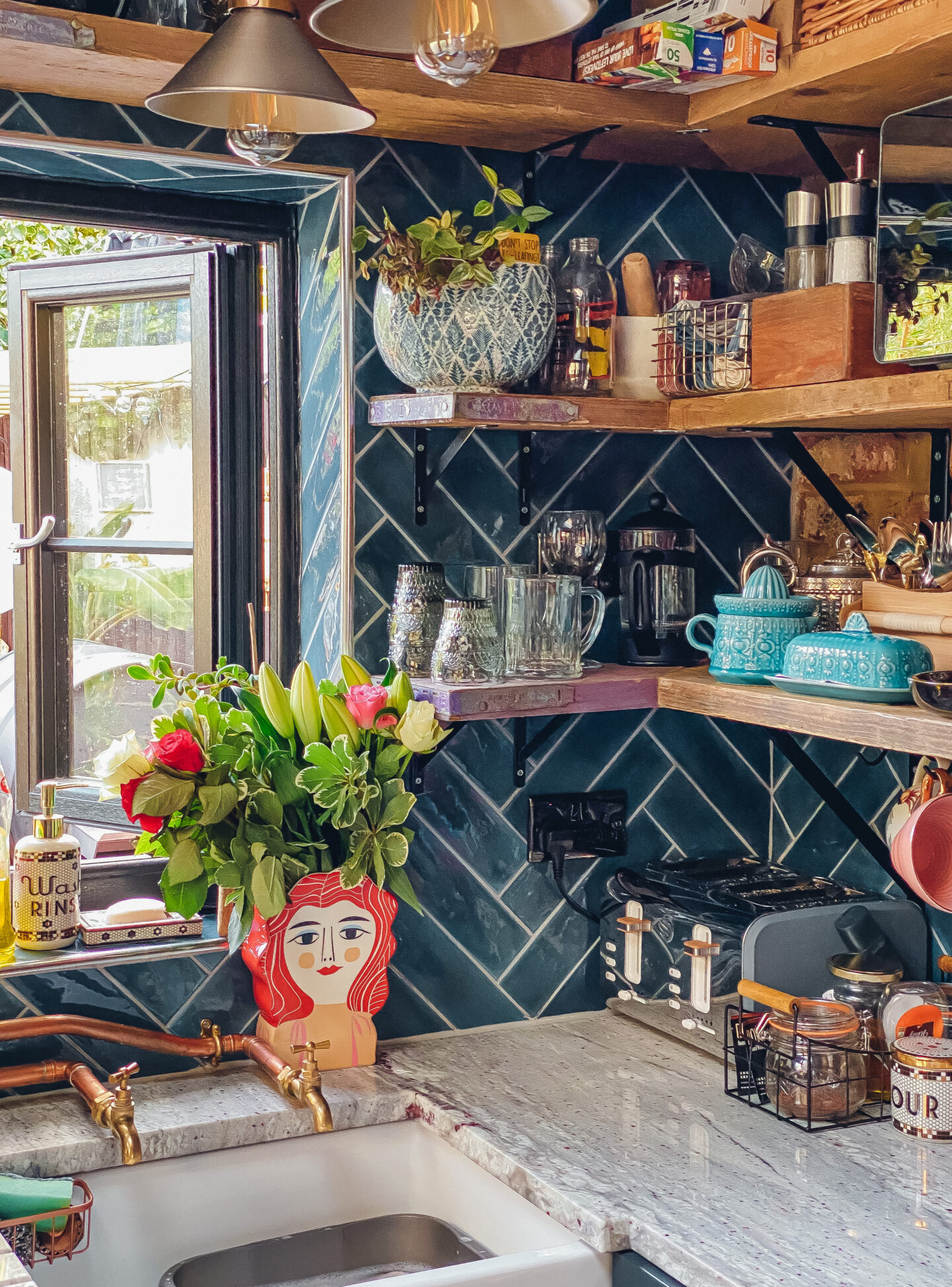
Let’s set the scene. Thanks to the COVID-19 pandemic, you’ve been spending much of your time working from home. While that offers convenience for you in many ways, there’s a disadvantage of such a working environment: you find it hard to concentrate at home.
The noise and distractions from other family members, even when they try to keep quiet around you, will easily dent your work performance and productivity.
A garden office is an excellent way to work from home but without physically being inside of it. Your garden office will ensure you can have a separate, dedicated workspace without distractions from your family members.
Before you go ahead and build one, there are some considerations you need to make. They are as follows:
Planning permission
Most people don’t need planning permission to build a garden office. That’s because it’s a small external addition to your property, much like a typical garden shed.
However, there are some cases where planning permission must get sought – such as due to the garden office’s size or if it might cause potential issues to your neighbours.
It makes sense to speak with your local authority’s planning department for advice before you begin any construction work.
Location placement
Next, you need to consider where you want to place your garden office. In an ideal world, you’ll have a large garden, giving you plenty of placement options. Of course, an ideal world and reality aren’t always the same thing when it comes to building garden structures.
That’s why you need to think about the best location for your garden office and ensure it works well for you and your needs.
Size
After determining where you want to place your garden office, you’ll next need to decide how big it should be. Bear in mind things like your office space requirements and any restrictions imposed by existing garden structures or planning laws.
If you find it hard to visualise what size garden office you need, it’s worth visiting your local garden centre or shed retailer and stepping inside some display models to gauge which size is best for you.
Construction materials
Whether you’re building your garden office yourself or paying someone else to do it, one thing to think about is how you want it constructed.
Wood is the traditional building material of choice for typical garden offices, but some people may prefer a bricks and mortar installation.
You’ll also need to think about your roof’s construction and determine if you need roofing membrane – especially if you’re going to have a tiled roof.
DIY vs paying someone else
You must decide from the outset whether you’re happy to construct the garden office yourself or if you’d prefer to pay a building contractor to do the work for you.
Both options have their pros and cons, but it ultimately comes down to whether you’ve got the time, tools, and expertise to build it yourself.
If you lack some of those essential requirements, and you can afford to do so, pay a professional to build your garden office instead.
Conclusion
Garden offices offer many advantages over converting a bedroom in one’s home into an office workspace. The above points illustrate what you need to consider before building a garden office, whether you construct it yourself or pay someone else to build it for you.
Disclaimer: This is a collaborative post






